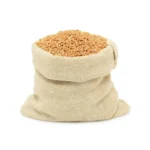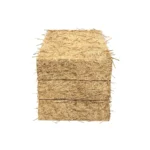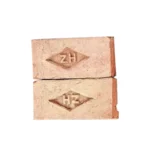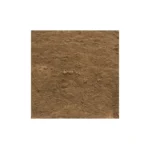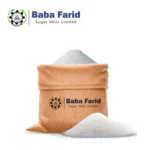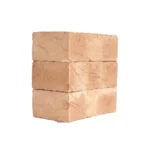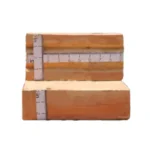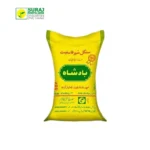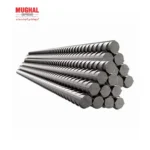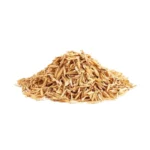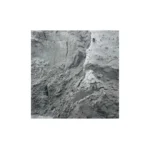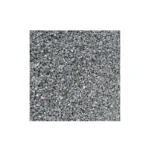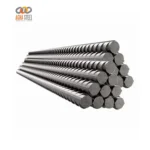Construction of a Boundary Wall, When you build a house, you face many challenges; not a bad thing. From hiring the right contractor, setting the budget, designing the design of buying the best building materials – is a long, admirable process. Most homeowners are looking for ways to reduce the rising cost of construction and unfortunately compromise many things – including the materials used to build a living space.
Those parts of the house are neglected that are not directly connected to the property – like a boundary wall. However, even if you save some money now, a fragile outer wall can collapse at any time and cause you to spend money on its repairs – or perhaps on its reconstruction – than the amount of money you save in the beginning.
That is why it is so important to build stable boundary walls. For your convenience, we have compiled a list of things to consider when building a boundary wall around the house.
So, let’s get started.
FACTORS TO CONSIDER WHEN BUILDING STABLE BOUNDARY WALLS
There can be many reasons behind unstable border walls: weak foundation, insufficient support pillars and limited use of expansion joints. Look for these simple things when building stable boundary walls and protect your property from any potential damage.
The height of the wall
Soil conditions
Drainage
Expansion joints
Moisture
Retaining walls
We will now discuss in more detail the things mentioned above.
HEIGHT OF THE WALL
The height, the space between the supporting pillars and the size of the outer wall determine the stability of the boundary wall. Height can vary between 1.5 m to 2.5 m. An important factor to consider here is that the boundary wall should not be so high that it cuts off incoming sunlight.
SOIL CONDITIONS
It is very important to build a proper foundation for a wall of independent boundaries. Since the exterior wall has no other support, then be sure to install good steel reinforcing bars. In addition, as a general rule, create a wide and deep foundation for a strong and stable boundary wall.
DRAINAGE
If your house is built in a rainy area, then you should build enough drainage holes to drain water stored during a storm or heavy rain.
If there is a retaining wall, a certain type of water should be added. Holes are suitable for this purpose and can be constructed using a 50 mm plastic pipe. These should be built on all retaining walls at a height not exceeding 300 mm above ground level.
EXPANSION JOINTS
If there are not enough supporting pillars or pillars in the boundary wall, it can lead to cracked walls. This is probably one of the most common mistakes when building a boundary wall.
The lack of expanding joints or piers creates a fragile foundation for the outer wall. It is equally important to fill the hole in the pillars of the independent walls with concrete.
DAMPNESS
The outer wall of the house is a private area, which means that it is not supported by the structure of other walls. Because they are self-contained, many builders do not use a damping process (DPC), which does not allow moisture or moisture to weaken the foundation.
During the monsoon season, when the water table rises, moisture from the soil seeps into the walls, creating moisture in the walls, pillars, and wooden objects. The course of wet proof or DPC is a layer of impermeable material that prevents this moisture from entering the soil.
The DPC has a ratio of cement, sand and crush 1: 2: 4, which means 1 part should be cement, 2 parts sand and 4 parts stone or crush (jar). Horizontally, the DPC should be placed at ground level, approximately 25 mm thick. And looking up, the DPC should cover the interior area from ground level to the plinth. It is important to place the DPC throughout the length of the building, without leaving a gap in order to build stable boundary walls.
RETAINING WALLS
The retaining wall helps to reduce the pressure from the soil and water. It can hold soil on a slope. So, if your house is built on a hill, your boundary wall probably serves as a wall to keep the soil from damaging your property. If so, to make your boundary wall more stable,Construction of a Boundary Wall, remember to extend the base layer.



